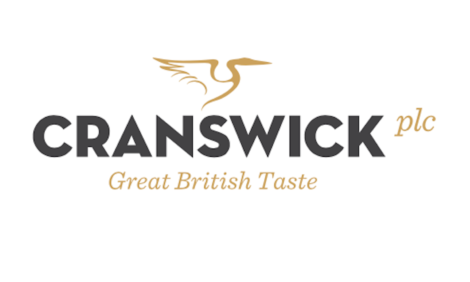



Poultry Output to Fall in 2017 Due to Constraints in Supply Side
SRI LANKA - The growth of poultry production in Sri Lanka is expected to fall down to 3 per cent in 2017 due to limitations in importing the required inputs to expand the industry to cater to the fast growing poultry demand in the country.Bartleet Religare Securities (BRS) in a research report said that according to the Department of Animal Production and Health, chicken meat production this year is estimated to reach 189,020 metric tonnes (MT) compared to 182,690 MT in 2016, a growth of 3 per cent year-on-year.
Sri Lanka's Daily Mirror reports that in comparison, the compounded annual growth rate of chicken meat production between 2014, and the 2017 estimate is projected to be approximately 8 per cent.
"Import restrictions on commercial day-old chicks because of HPAI (bird flu) outbreak and shrinkage of operations owing to escalating production cost led particularly by feed price hike are the main catalysts behind the anticipated slow down in output," BRS said.
Bird flu is a global concern for the poultry industry. However, in Sri Lanka, the price of chicken feed—especially maize—is kept artificially high by the government through protectionist policies.
BRS noted that poultry producers last year had to pay Rs. 40.96 per kilogramme of maize produced locally, compared to Rs. 23.17 per kilogramme when maize is imported.
Meanwhile, poultry demand is increasing due to the urbanization and fast food culture, increasing tourism and the growth in the hotel, restaurant and catering industries, according to BRS.
The per capita chicken meat consumption which has remained more or less around 7 kilogrammes from 2013 to 2016 , is estimated to increase up to 8.8 kilogrammes in 2017, BRS said.








